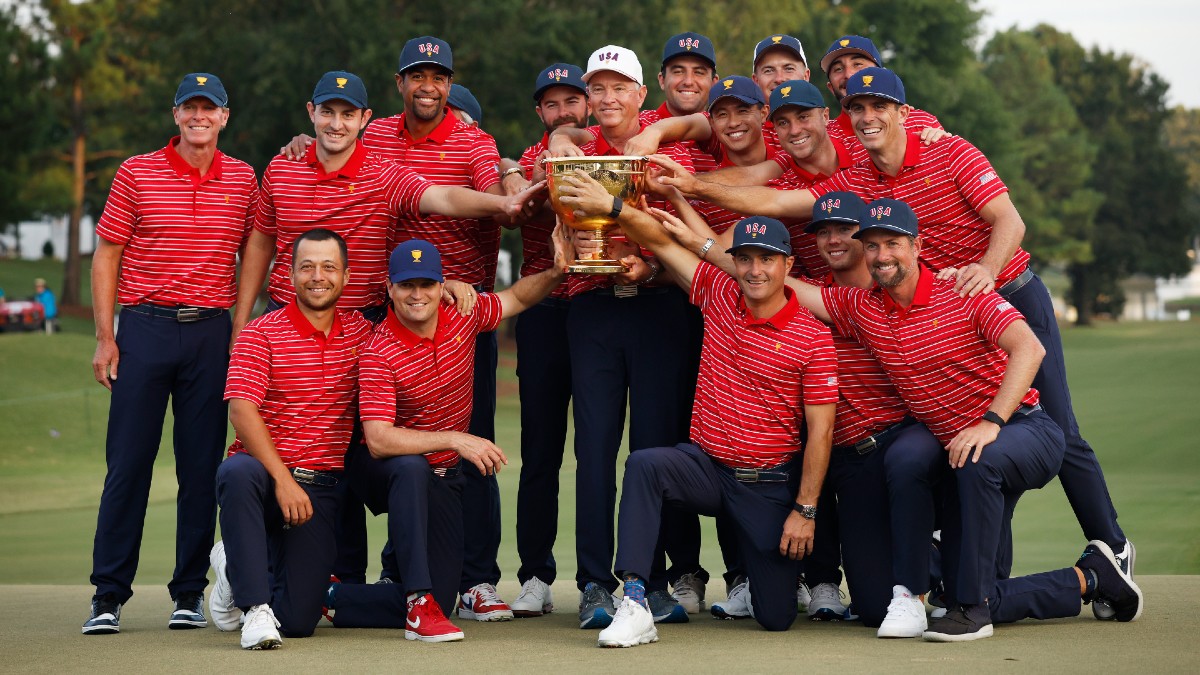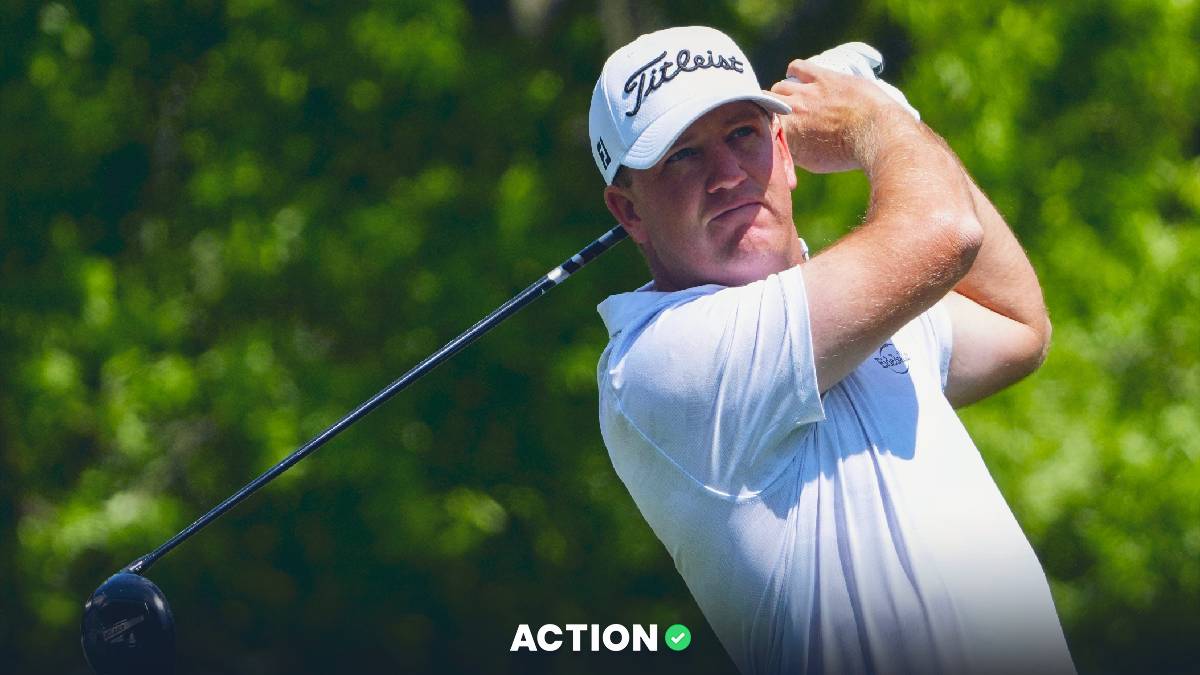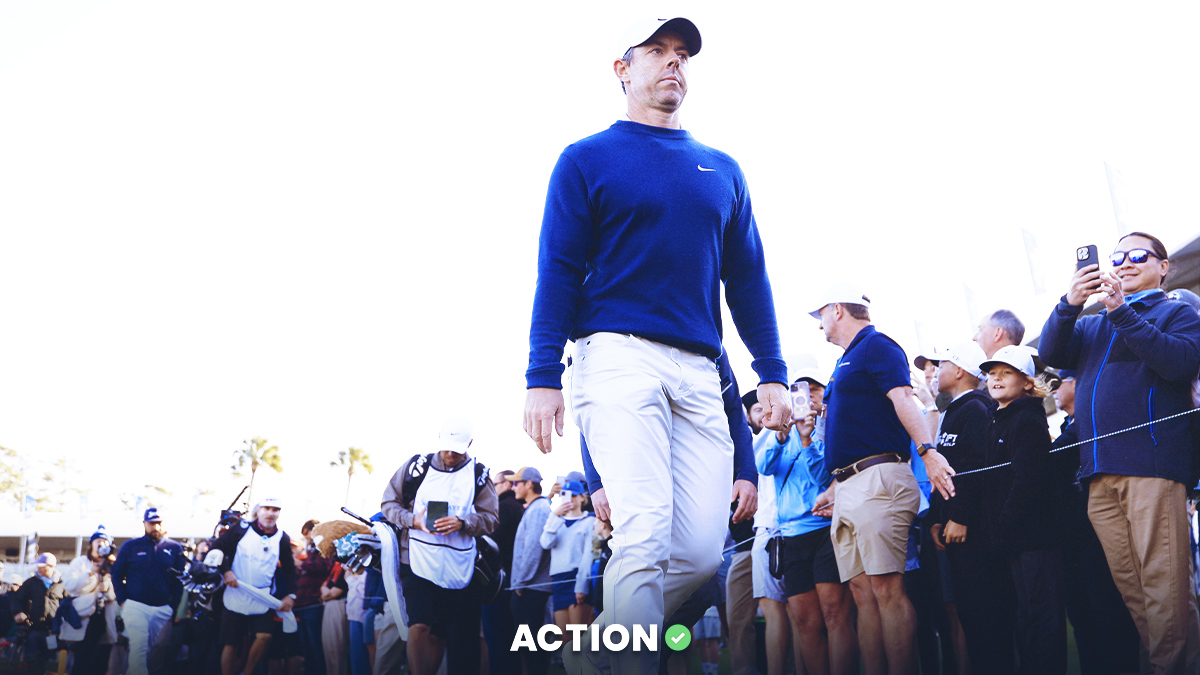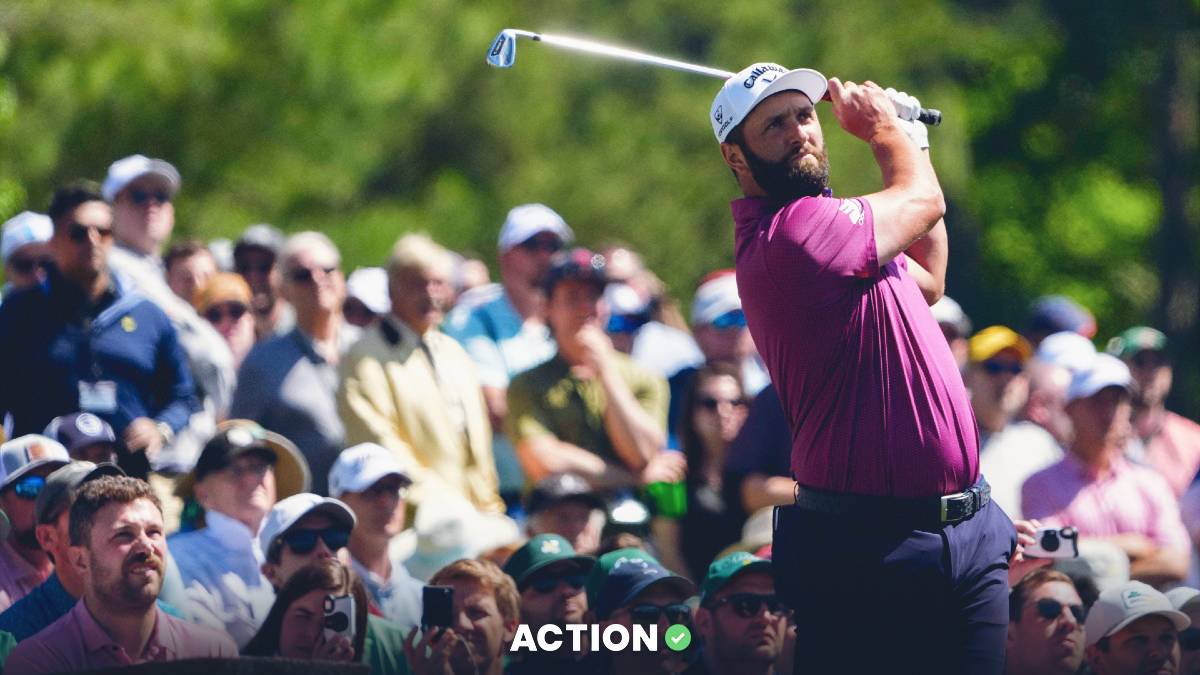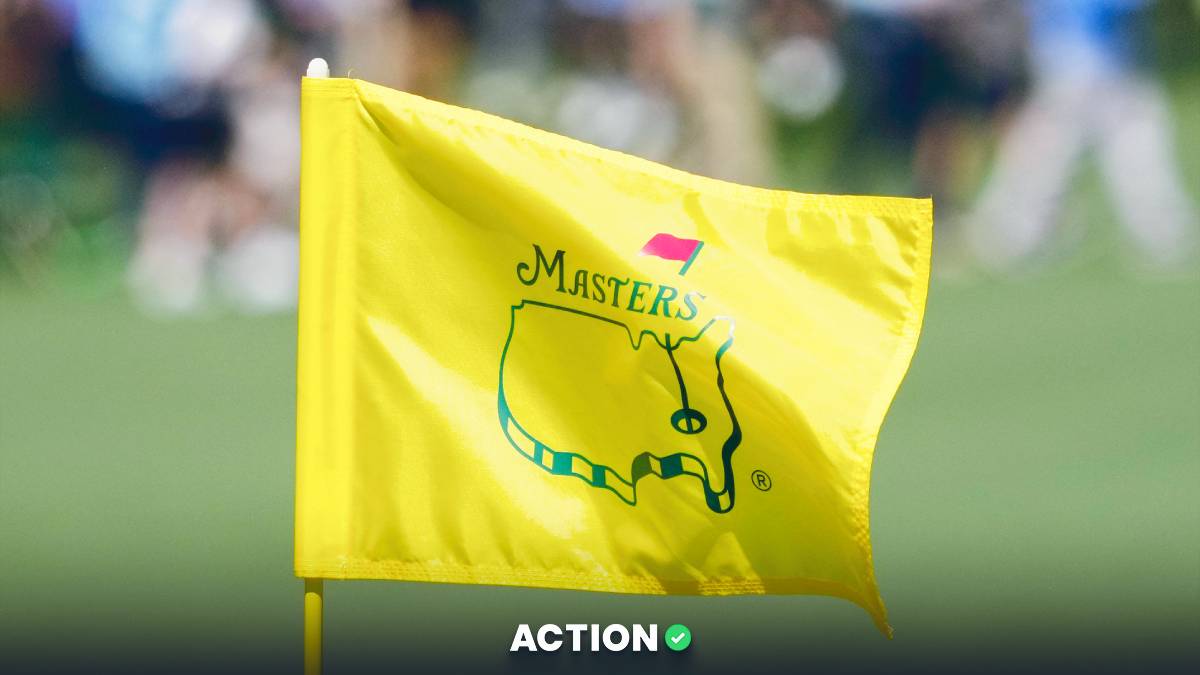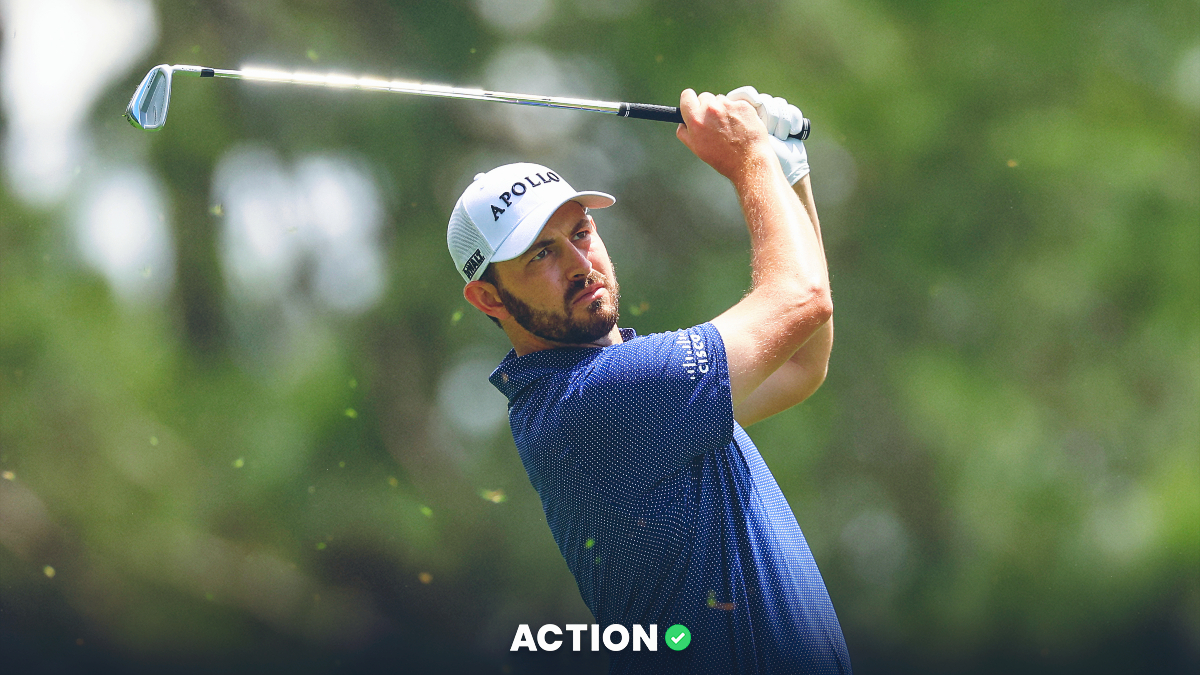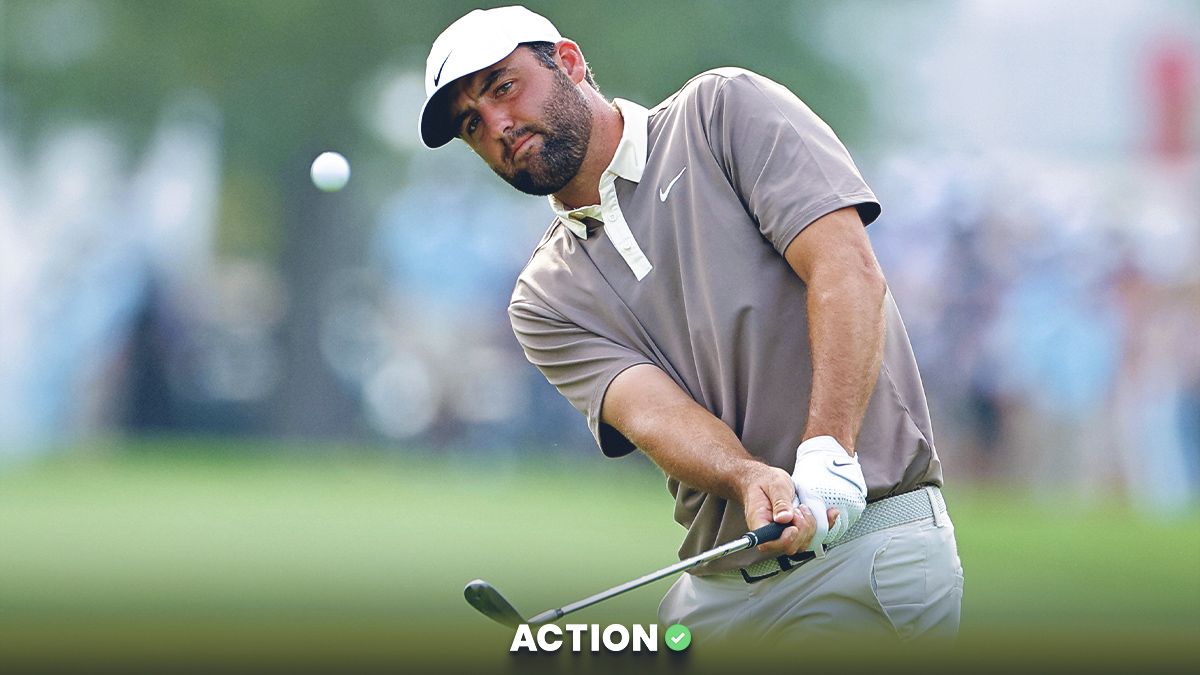Full disclosure: I started outlining this post-Presidents Cup column way back on Friday, right in the middle of the afternoon four-ball session, when the United States team was in the midst of racing out to an 8-2 lead through two days.
Among the major themes of the original concept were such ideas as, “Why the Presidents Cup is Broken” and “How We Can Fix the Presidents Cup” and the always thought-provoking “What to do When the Presidents Cup is Over Before Sunday.” You know, standard fare.
Well, a funny thing happened on the way to this finished product. Whether a reminder from the golf gods about how quickly momentum can shift or some bigger instructive on the virtue of patience, we found out that this event isn’t broken, it doesn’t need fixing and — oh, by the way — it was hardly over before Sunday.
The 14th edition of the Presidents Cup concluded on Sunday, much the same way most of the first 13 did, with the U.S. team members drinking champagne and smoking victory cigars in triumph over a group of peers from elsewhere in the world (excluding Europe).
That nebulous title of “International” is forever going to be a lingering specter to overcome, as inspiring a group of players from disparate lands like South Korea, Australia, Canada, South Africa, Japan and Chile to join forces and compete for the shield is akin to asking your two hot dog lunch to cooperate with your three taco dinner.
And yet, that’s exactly what team captain Trevor Immelman accomplished at the Quail Hollow Club this week. Like so many of his predecessors, he succeeded in encouraging his players to buy in to the connective aspect of the competition and they bonded over the common goal of trying to defeat the big, bad American squad.
There was just one small problem: As it turns out, those American players are really, really talented.
For a result which seemed inevitable Friday, it should stand as a testament to the guile of the International team that halfway through the final singles session, it still wasn’t a done deal.
All of which helps us return to a few of those original themes.
Let’s start with the idea that this event is somehow broken. In the bubble of the early lopsided score, on the heels of nearly a quarter-century without an International victory, this felt like a fair point.
After all, the U.S. team won (or retained) 19 of the first 22 editions of the Ryder Cup against Great Britain and Ireland — until 1979, when the opposition was expanded to include all of continental Europe. Since then, Europe owns an 11-9-1 mark in a much more even-handed competition.
There’s a precedence here, though allowing the International side an ability to create some sort of bigger advantage in the hopes of a more combative contest feels too inorganic. We don’t see such provisions in other sports. If the New York Yankees continually beat up on the Boston Red Sox for a few years in a row, it would behoove the Sox to put together a more competitive team in hopes of winning more often, but it’s not on Major League Baseball to change the rules of the game to alleviate the discrepancy.
Besides, unlike the expansion from Great Britain and Ireland to Europe, there doesn’t seem to be one practical answer to this perceived issue.
Turn this into a mixed competition with six men and six women on each team? (This is a brilliant idea for another event, but not this one. Forgetting that such roster composition would’ve negated our chances of watching the likes of Jordan Spieth and Tom Kim this week, it’s such a stark departure from the historical context of this event that it wouldn’t even feel like the same thing.)
Include players from Europe on the International team? (None other than Rory McIlroy were on hand for part of the proceedings at Quail Hollow this week, but even he doesn’t believe Europeans need another biennial event. The Ryder Cup is tremendous as it is, so let’s not water it down by creating a more similar concept on the off years.)
Let the LIV Golf players compete? Or better yet, turn the event into a team of PGA Tour members against LIV players? (I understand the public demand — even after just five LIV events — that fans would have for such a competition, but it’s not happening. Not anytime soon. The PGA Tour owns and runs this event and let’s just say they’re not too keen on having the guys who are currently taking legal action against them play in their event.)
Instead, we should let the Presidents Cup continue as it always has.
Even with a U.S. team replete with young talent, the five-point differential merely tied for the second-largest since the turn of the century. The overall results might suggest a rivalry of the hammer-and-nail variety, but anyone who witnessed the festivities over the past four days realizes it was closer than the score implies.
It feels very 2022 for us to pinpoint a small issue, then detonate the entire big-picture concept, simply because it might fuel our own personal enjoyment of the product.
Golf is a cyclical game by nature and even though the cycle hasn’t swung in the direction of the International team yet, it will. If we learned anything this week — over the past two days, at least — it’s that the Presidents Cup isn’t broken, so we shouldn’t be trying to fix it.


